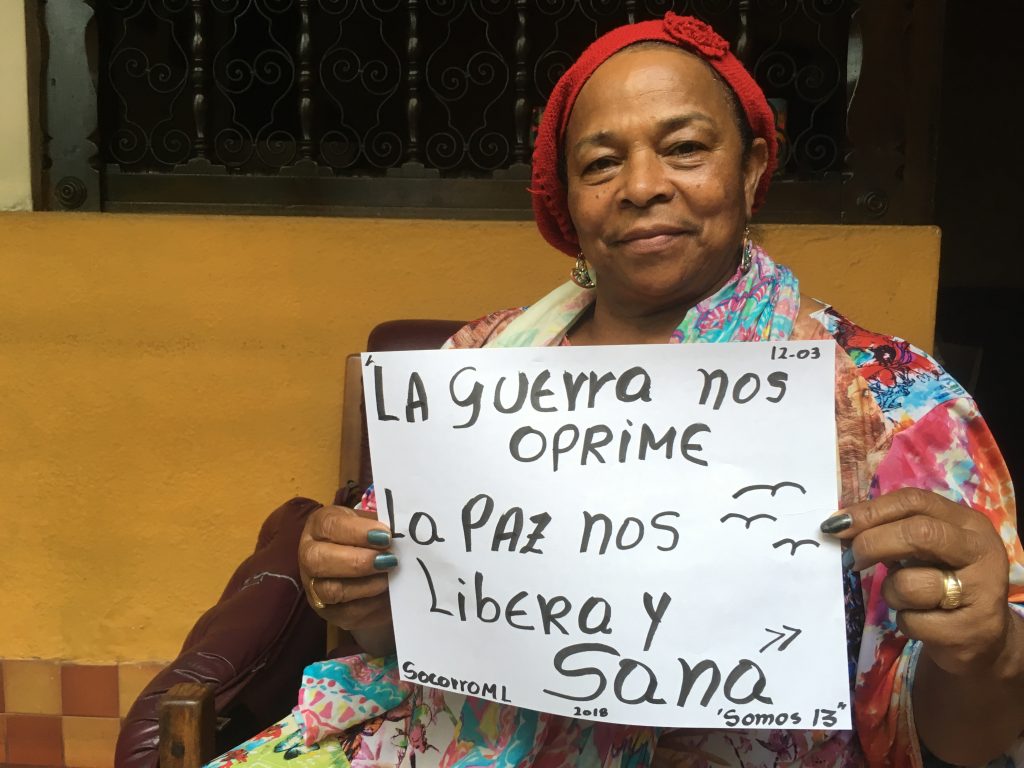Latin America and the Caribbean

Gender Equality Context
As a region, Latin America and the Caribbean performs best, relative to other regions and in terms of closeness to achieving targets, on SDG 2: Hunger & Nutrition, SDG 3: Health, SDG 6: Water & Sanitation, and SDG 7: Energy. The region falls behind the global averages for SDG 10: Inequality, SDG 11: Cities & Communities, SDG 16: Peace & Institutions, and SDG 17: Partnerships. While all regions fall dramatically behind targets on Goal 17: Partnerships, Latin America and the Caribbean is the lowest scoring region on the goal, with countries facing many challenges meeting targets for social expenditure as a percentage of GDP and openness of gender statistics.
Key Findings
- The region is characterized by its tight clustering of countries overall in the index scores, as well as on most goals – the region has fewer dramatic outliers in either direction than do other regions.
- Countries with the lowest scores overall in the region (Guatemala, Honduras, Nicaragua and Venezuela) have all experienced civil conflict or significant political unrest in the past 30 years.
- The region is the second lowest performing region on this measure of poverty (with Guatemala, Honduras, and Mexico scoring particularly poorly), and also has high rates of women reporting an inability to afford food (particularly in Dominican Republic, Jamaica, and Venezuela).
- Access to safe, legal abortion is critical to women’s rights and ability to safely space pregnancies. Yet only one country in the region (Uruguay) has full legal grounds for abortion; 16 countries in the region score 50 or below on this indicator.
- Since 2000, women’s participation in the highest courts of law has nearly doubled in Latin America and the Caribbean. The regional average of 27% of seats held by women far surpasses the global average of 25%. Women justices make up 40% or more of the justices on the highest courts in four countries from this region (Guatemala, Honduras, Jamaica, and Venezuela).
Thematic Deep Dive
Girls’ and women’s physical safety

Latin America and the Caribbean is by far the lowest scoring region in the world on two indicators related to women’s physical safety. On indicator 16b: Female victims of intentional homicide (per 100,000 population), the region receives a “very poor” overall score that is more than ten points below the next lowest- scoring region, and El Salvador is the lowest scoring country in the world on the indicator (15.7 women killed per 100,000 population).
These findings track with the region’s troublingly low performance on another indicator related to women’s perceptions of safety, 11c: Percentage of women aged 15+ who report that they did not “feel safe walking alone at night in the city or area where you live” (regional score of 40.6).
High rates of violence against women are directly linked to other critical issues captured by Goal 16: Peace and Institutions related to an inclusive judiciary, government accountability, and strong institutions. Most countries across Latin America and the Caribbean have legal frameworks that criminalize domestic violence and take steps to minimize other forms of violence against women and offer judicial accountability. Yet, in practice, millions of women in Latin America and the Caribbean continue to be failed by the legal system. As many as 98% of the cases of femicide and violence against girls and women in Latin America go unpunished annually. Legal impunity is fed by cultural belief systems and gender norms that lead many to consider acts of violence against girls and women to be acceptable.